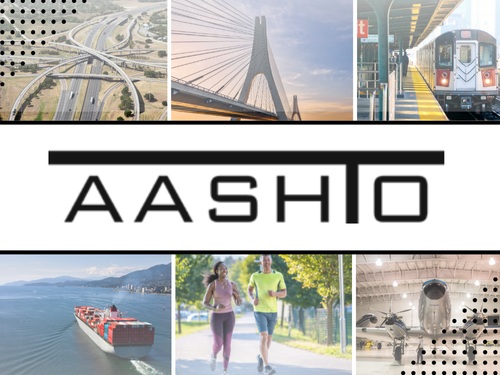The American Association of State Highway and Transportation Officials recently issued an 18-page high-speed rail investment guide in partnership with the American Public Transportation Association.
[Above photo by KTX II]
AASHTO and APTA said they developed this guide to provide cities, metropolitan agencies, state departments of transportation, and federal agencies with a “common methodology” and “best practices” to measure public benefits and assess return on investment or ROI for high-speed and intercity passenger rail projects.

To accomplish those goals, the guide – part of a three-volume series on high-speed rail investments – highlights ways to produce “more robust and useful economic benefit evaluations,” with results that can align widely recognized benefits and corresponding cost contributions.
This broader evaluation approach – referred to as a “business case ROI assessment” – offers a “more complete benefit perspective” that addresses public planning and policy goals and transportation efficiency goals while incorporating the “differing interests and benefit viewpoints” of local, state, and federal agencies, and their private sector partners.
Volume Two of the series focuses on the specific methodology for constructing ROI assessments for high-speed rail projects, while Volume Three offers ROI tools and instructions on how to use them.
 Nation
Nation
Registration Open for 2026 AASHTO Washington Briefing
December 12, 2025 Nation
Nation

